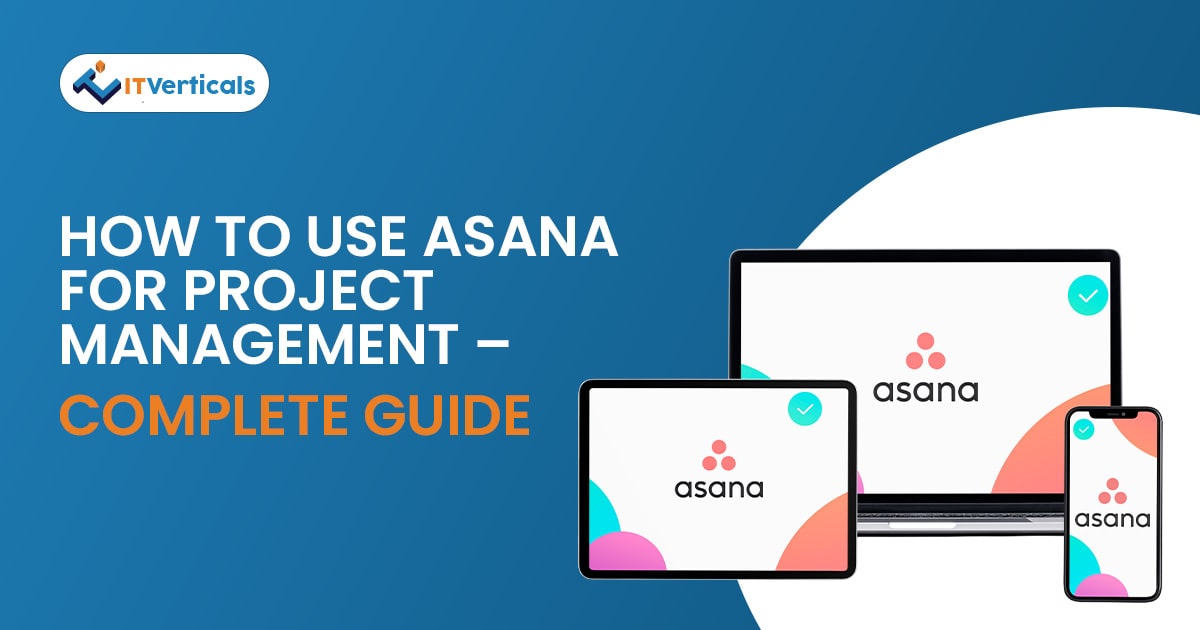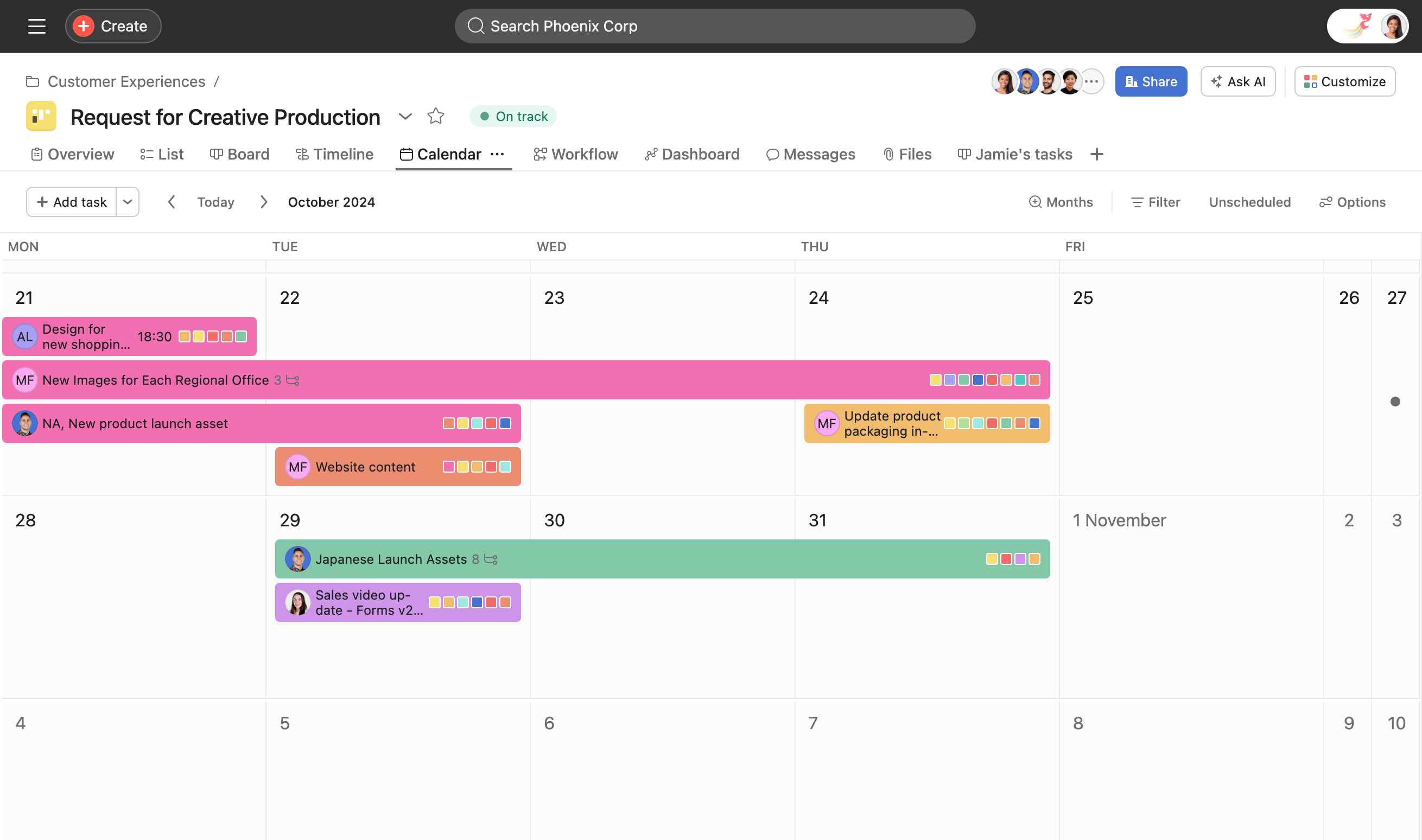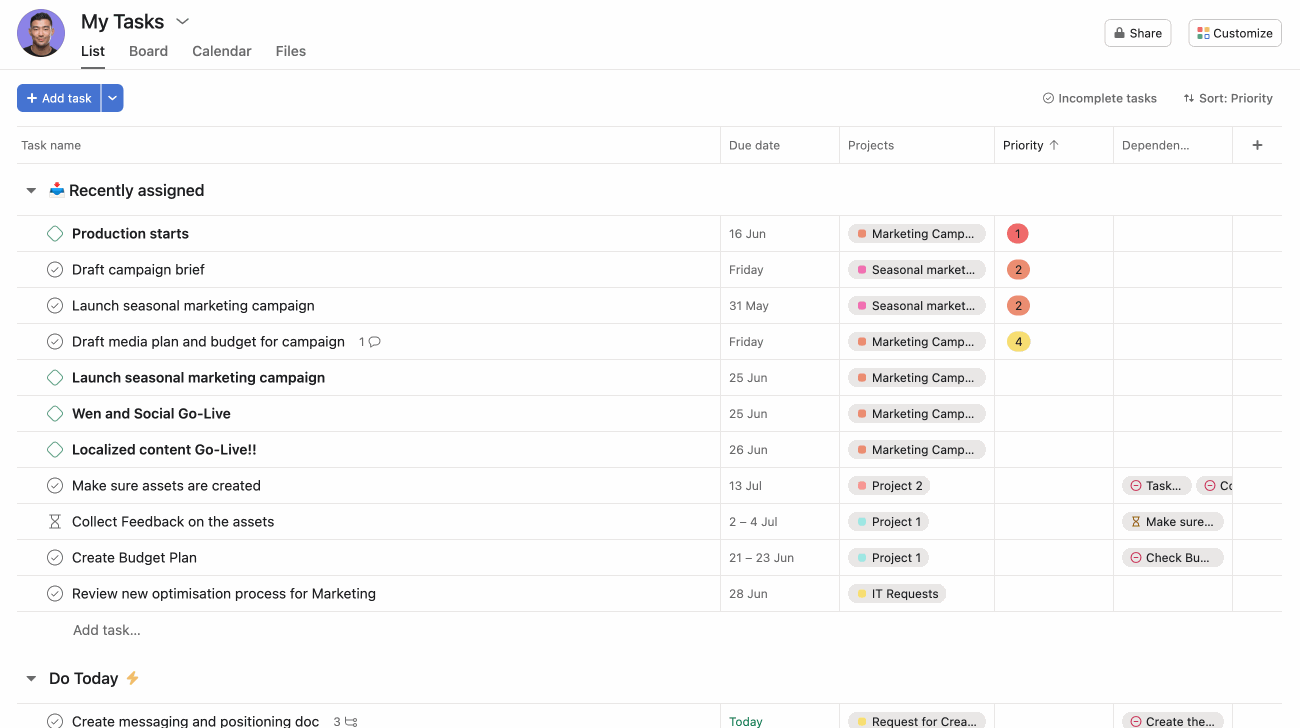
Introduction
Overview of Asana
Asana is a powerful project management tool designed to help teams organize tasks, track progress, and streamline workflows effectively. Whether you are managing a team project or simply mapping out personal goals, Asana provides an intuitive platform where tasks can be categorized, prioritized, and completed. Its user-friendly interface allows users to view projects in various formats, such as lists or boards, adding flexibility to the planning process.
Importance of Project Management Tools
In the fast-paced world of business, effective project management tools are essential. Here’s why:
- Clarity: They provide clear visibility into project timelines and responsibilities.
- Collaboration: Teams can work together seamlessly, minimizing communication breakdowns.
- Efficiency: Automating tasks means less time spent on repetitive work.
Imagine juggling multiple projects without such a tool—chaotic, right? By incorporating tools like Asana, you can truly master your tasks with ease.

Getting Started with Asana
Setting up your Asana account
Getting started with Asana is straightforward. First, visit the Asana website and sign up for a free account. You’ll be prompted to enter your email and create a password. Following that, you can customize your profile with a photo to make collaboration more personal!
To kick things off, consider:
- Choosing between a free or premium plan based on your needs.
- Inviting your team members to join.
Navigating the Asana interface
Once you’re all set up, it’s time to dive into the sleek Asana interface. It features a left sidebar for quick access to your projects, tasks, and inbox.
A few key components to explore:
- My Tasks: Where all your assigned tasks reside.
- Projects: Organized spaces to manage groups of tasks.
- Dashboard: Visual insights into your progress.
Navigating Asana can feel intuitive, but don’t hesitate to explore! Familiarizing yourself with the interface early on will save you time down the road.

Organizing Projects with Asana
Creating projects and tasks
Now that you’re familiar with the Asana interface, let’s talk about organizing your projects. Creating a project is as easy as clicking the “+” button and naming it. You can create different views for your project, such as lists or boards, depending on what works best for you.
Once your project is set up, it’s time to create tasks. These are the actionable items that need to be completed. Here’s how:
- Click “Add Task” and enter a task name.
- Break it down further with subtasks if needed.
Assigning tasks and due dates
Assigning tasks is essential for accountability. You can easily assign a task to a team member by clicking on the task and selecting the assignee. Setting due dates is equally crucial for keeping projects on track. Simply click on the calendar icon next to the task and select a date.
Using tags, sections, and dependencies
To enhance organization, utilize tags and sections. Tags help categorize tasks based on themes or priorities, while sections allow you to divide your project into manageable parts.
Don’t forget to utilize dependencies to clarify which tasks rely on others to be completed. For example, if task A needs completion before task B can start, set it as a dependent task. This way, Asana visually highlights task relationships, making project management a breeze!

Collaborating with Teams on Asana
Adding team members to projects
With your projects set up, it’s time to collaborate with your team! To add team members to a project, simply click on the “Share” button and enter their email addresses. This instantly invites them to the project and allows for seamless collaboration.
Communicating within Asana
Asana makes communication effortless. You can comment directly on tasks, keeping all discussions in one place. This keeps everyone updated and minimizes email clutter. For example, if you have a question about a task, just tag your colleague using “@” followed by their name to ensure they get notified.
Tracking progress and updates
Tracking project progress is essential. Use the project dashboard to monitor overall completion rates and outstanding tasks. Asana also provides features like progress charts, allowing you to visualize how the project is advancing. Additionally, enabling notifications keeps everyone in the loop with real-time updates, ensuring no one misses important changes! Collaboration in Asana enhances team synergy and keeps everyone aligned towards common goals.

Advanced Features of Asana
Integrating with other tools
Now that you’re managing tasks effectively, let’s explore Asana’s advanced features. Integrating Asana with other tools can significantly boost productivity. For example, connections with Slack and Google Drive streamline communication and file sharing, making it easy to attach documents and keep discussions focused. Setting up integrations is straightforward—just access the “Apps” section in Asana and connect your favorite tools.
Automating tasks with rules
Next, automate your workflows with custom rules. For instance, you can create a rule that automatically assigns tasks to a team member when they are moved to a specific section. This saves time and ensures accountability, so you can focus on getting things done.
Setting up project portfolios
Lastly, consider setting up project portfolios, a fantastic way to manage multiple projects at once. This feature aggregates various project insights, allowing you to see progress and resources at a glance. By leveraging these advanced features, you can truly master your tasks with Asana and enhance overall project efficiency.

Best Practices for Effective Project Management
Establishing clear goals and timelines
To ensure your projects succeed, start by establishing clear goals and timelines. Make sure each task has a specific target, helping everyone understand what’s expected. For example, set SMART (Specific, Measurable, Achievable, Relevant, Time-bound) goals for added clarity.
Streamlining workflows with templates
Next, streamline workflows using Asana’s templates. If you find yourself repeating similar projects, create a custom template that includes all the tasks and subtasks you typically need. This not only saves time but also ensures consistency across projects, leading to better results.
Monitoring project performance and reporting
Lastly, monitoring project performance is key. Regularly check progress dashboards and utilize reporting features to assess how your team is performing. By having insights into task completion, resource allocation, and timelines, you can make informed decisions and adjust strategies as necessary. Adopting these best practices in Asana will enhance efficiency and overall project outcomes.

Tips for Optimizing Productivity with Asana
Utilizing keyboard shortcuts
To supercharge your productivity with Asana, start by utilizing keyboard shortcuts. These handy shortcuts can save you time and streamline your workflow. For instance, pressing “Tab + Q” quickly creates a new task, allowing you to capture ideas without missing a beat.
Managing notifications and reminders
Next, manage notifications and reminders effectively. With Asana’s customizable notification settings, you can choose what updates you want to receive—whether it’s task assignments or project changes. This keeps your inbox clean while ensuring you’re always in the loop!
Customizing views and filters
Lastly, customize views and filters to suit your workflow. Whether you prefer a list, board, or calendar view, Asana allows you to tailor your workspace to match your style. Using filters, you can easily sort tasks by assignee, due date, or project, making it easier to focus on what really matters. Implementing these tips will help you maximize your productivity and efficiently manage your tasks with Asana!

Troubleshooting Common Issues in Asana
Resolving task conflicts
Even with a robust tool like Asana, conflicts can occasionally arise. If two team members are assigned the same task unknowingly, it can lead to confusion. To resolve task conflicts, review the task history to identify the assignee. You can use the comments section to clarify responsibilities and prevent overlap in the future.
Dealing with sync errors
If you’re facing sync errors, especially when using Asana across multiple devices, first ensure you have a stable internet connection. Log out and back in to refresh the app. Sometimes, clearing your browser’s cache can also resolve lingering issues and enhance performance.
Troubleshooting integrations
Lastly, troubleshooting integrations is essential for seamless operation. If a third-party app isn’t connecting properly, first check the integration settings to ensure they are configured correctly. Disconnecting and reconnecting the app often helps reset the connection. By addressing these common issues, you can continue to enhance your experience with Asana, ensuring smooth project management.

Conclusion
Recap of Asana benefits
As we wrap up our exploration of Asana, it’s clear that this tool offers numerous benefits for effective project management. From organizing tasks and facilitating team collaboration to integrating with other apps and automating workflows, Asana supports teams in achieving their goals efficiently.
Here are some key benefits:
- Intuitive interface for easy navigation
- Enhanced communication through comments and notifications
- Advanced features for tracking and reporting progress
Final thoughts on mastering project management with Asana
By mastering Asana’s features and best practices, you can transform your project management approach. Remember that consistency is key—stay engaged, optimize your usage, and adapt your workflows as your team evolves. With Asana, nothing is impossible as you embark on the journey to master your tasks and drive your projects toward success!

